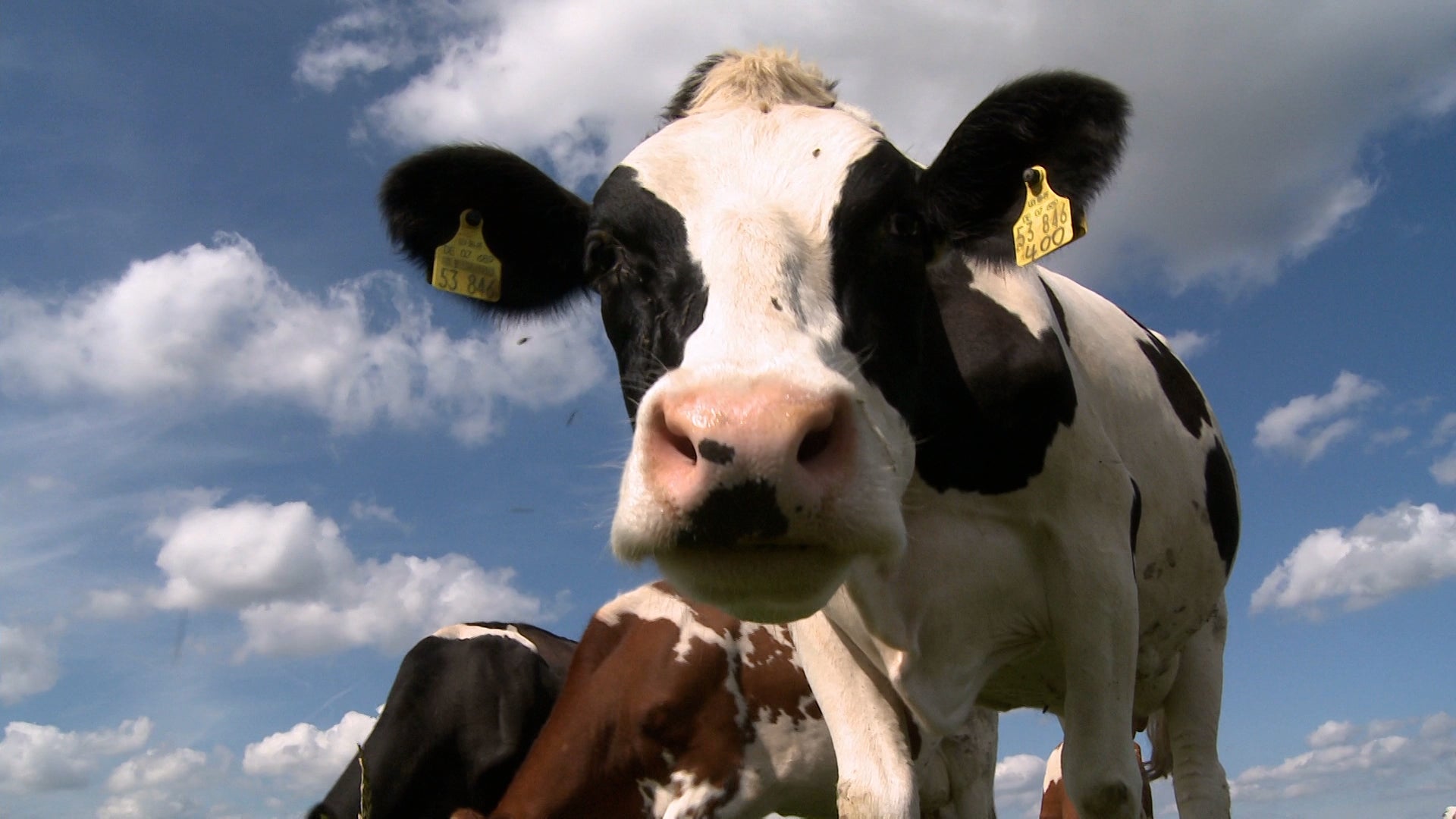Understanding Animal Behavior and Weather Prediction
Animals have long been associated with the ability to predict changes in the weather. From cows lying down before a storm to cats acting unusually during thunderstorms, there are countless stories about how animals seem to sense what’s coming. But is there any truth to these claims? Digital Meteorologist Sara Tonks explored this topic to provide some clarity.
A Personal Perspective from a Dog Owner
Sara shared her own experience with her dog, Brody, who has an uncanny ability to detect approaching storms. She described him as a “menace to society” but admitted that he can predict the weather better than she can without the help of apps or radar. While she can observe the sky from her north-facing window in Atlanta, Brody’s behavior often gives her an early warning.
Brody’s ears, which Sara affectionately calls his “radar dishes,” react to the subtle changes in atmospheric pressure that occur before a storm. Dogs have more sensitive hearing than humans, allowing them to detect thunder from much farther away. As pressure drops ahead of a storm, sounds begin to change, and dogs can pick up on these shifts. This sensitivity helps them sense when a storm is approaching.
The Science Behind Animal Behavior
While some animal behaviors are linked to weather changes, not all myths hold up under scientific scrutiny. For example, the belief that cows lie down when a storm is coming is largely unfounded. Cows often lie down to chew cud, and their behavior is not necessarily related to weather. Similarly, the idea that fish washing up on shore predicts earthquakes has been debunked by scientists.
However, wild animals do show behaviors that suggest they can detect pressure changes. In North Carolina’s Outer Banks, wild horses are known to gather in groups and face into the wind when hurricanes approach. This instinctive behavior helps them prepare for severe weather. Large mammals, in general, tend to move to higher ground when they sense changes in atmospheric pressure.
How to Respond to Your Pet’s Behavior
If your pet starts acting strangely before a storm, it’s important to remain calm. Animals often seek comfort in familiar spaces, such as a closet or an interior room. Instead of panicking, let them behave naturally as long as it’s safe. For example, if your dog feels most secure in a certain area, allow them to stay there.
Brody, for instance, prefers the closet when a storm approaches. His behavior is a natural response to the changing environment, and providing him with a safe space helps ease his anxiety.
Final Thoughts
While animals may not be able to predict the weather with the precision of modern technology, their heightened senses allow them to detect environmental changes that we might miss. From dogs reacting to pressure shifts to wild animals preparing for storms, there is evidence that animals can sense what’s coming. However, many of the common myths about animal weather prediction lack scientific support.
If you have questions about the weather or animal behavior, consider reaching out to meteorologists for expert insights. By understanding how animals interact with their environment, we can appreciate their unique abilities while also recognizing the limitations of these observations.







